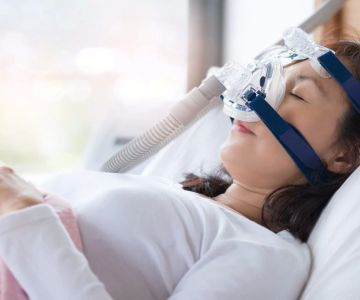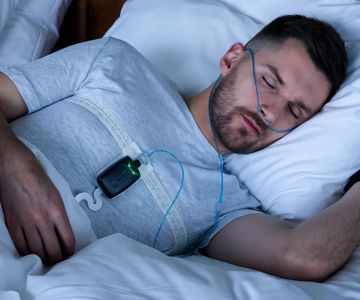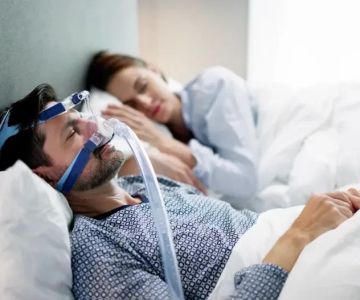Comprehensive Guide to Sleep Apnea Diagnosis and Treatment Options
- Understanding Sleep Apnea
- Symptoms and Risk Factors of Sleep Apnea
- Diagnostic Methods for Sleep Apnea
- Treatment Options for Sleep Apnea
- Managing Sleep Apnea for Better Health
Understanding Sleep Apnea
Sleep apnea is a serious sleep disorder that occurs when a person's breathing repeatedly stops and starts during sleep. It can lead to chronic health issues if untreated, including heart problems and excessive daytime fatigue.
There are three main types of sleep apnea: obstructive sleep apnea (OSA), central sleep apnea, and complex sleep apnea syndrome. Among these, OSA is the most common and occurs due to throat muscles relaxing excessively.
Symptoms and Risk Factors of Sleep Apnea
Common symptoms of sleep apnea include loud snoring, episodes of stopped breathing observed by others, and excessive daytime sleepiness. Risk factors include obesity, a family history of sleep apnea, and lifestyle factors such as smoking or excessive alcohol consumption.
For example, a patient named John found himself unable to stay awake during important meetings. After visiting a specialist, he was diagnosed with OSA caused by excessive weight gain and chronic stress.
Diagnostic Methods for Sleep Apnea
Diagnosing sleep apnea typically involves an overnight sleep study, also known as polysomnography, or a home sleep apnea test. These tests monitor various bodily functions during sleep, such as oxygen levels, heart rate, and breathing patterns.
Advanced diagnostic tools are now more accessible, allowing people to undergo non-invasive tests from the comfort of their homes.
Treatment Options for Sleep Apnea
Effective treatments for sleep apnea include lifestyle changes, continuous positive airway pressure (CPAP) therapy, and dental appliances designed to keep the airway open. In severe cases, surgical interventions may be necessary.
For instance, Mary, a teacher, found relief through CPAP therapy combined with losing 20 pounds over six months. Her quality of life improved significantly, and she was able to sleep without interruptions.
Managing Sleep Apnea for Better Health
Beyond treatment, managing sleep apnea involves regular follow-ups with healthcare providers, adopting a healthier lifestyle, and ensuring consistent use of prescribed devices like CPAP machines or oral appliances.
For additional resources on sleep apnea treatment options and expert advice, visit Dentistry Toothtruth. Their team of professionals is dedicated to helping you achieve better sleep and improved health.
Don’t let sleep apnea disrupt your life. Click here to explore the best solutions tailored to your needs.







 Westgate Dental Arts
Westgate Dental Arts Coventry Family Dental
Coventry Family Dental Familia Dental
Familia Dental Dr. Daniel S. Fife, DDS
Dr. Daniel S. Fife, DDS Dentistry At Suburban Square: Michael I. Wollock, DMD
Dentistry At Suburban Square: Michael I. Wollock, DMD Comfort Care Dental
Comfort Care Dental The Importance of Oral Health Education During Pregnancy for a Healthy Pregnancy
The Importance of Oral Health Education During Pregnancy for a Healthy Pregnancy Why Skipping Dental Checkups Can Lead to Bigger Oral Health Problems
Why Skipping Dental Checkups Can Lead to Bigger Oral Health Problems Best Tips for Brushing Your Teeth Properly for Healthy Gums: Essential Techniques for Oral Health
Best Tips for Brushing Your Teeth Properly for Healthy Gums: Essential Techniques for Oral Health Advantages of Porcelain Dental Restorations
Advantages of Porcelain Dental Restorations How Can Diabetes Cause Tooth and Gum Problems? Preventing and Managing Oral Health Issues
How Can Diabetes Cause Tooth and Gum Problems? Preventing and Managing Oral Health Issues Healthy Habits for Promoting Good Oral Health and Hygiene: Tips for a Healthy Smile
Healthy Habits for Promoting Good Oral Health and Hygiene: Tips for a Healthy Smile